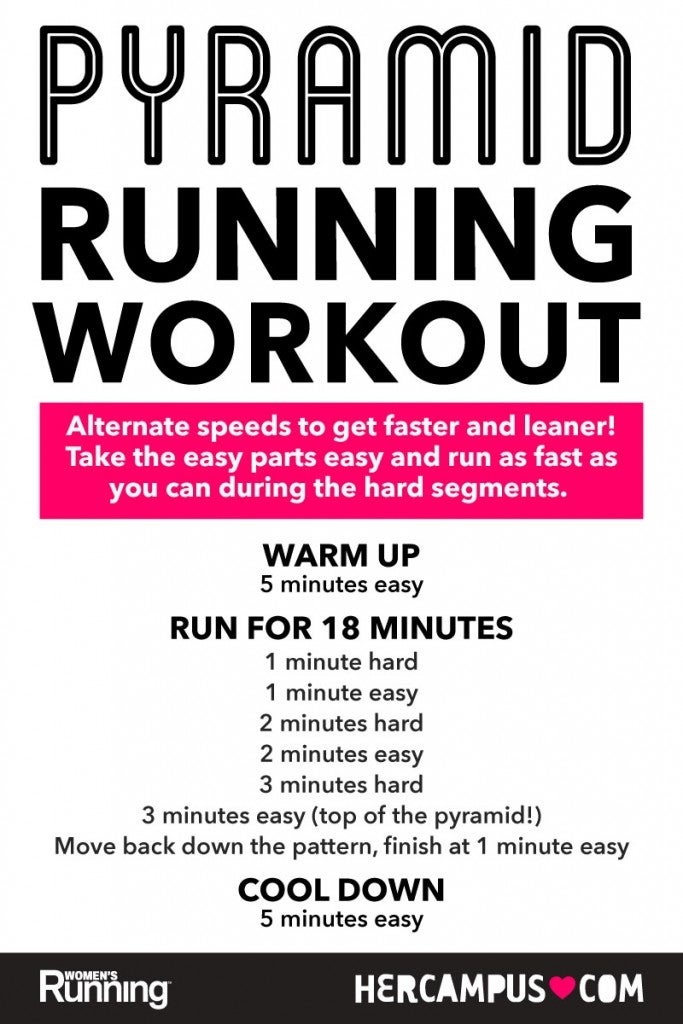Turbocharge Your Runs: Unlock Your Prospective with Strategic Running Workouts
Turbocharge Your Runs: Unlock Your Prospective with Strategic Running Workouts
Blog Article
The Ultimate Overview to Taking Care Of Discomfort When Running
Whether you are a seasoned marathoner or just starting your running journey, comprehending the various types of pain that can arise and the techniques to address them is important. From pre-run workout regimens to appropriate shoes option, there are countless variables to take into consideration when it comes to dealing with pain while running.

Comprehending Different Kinds of Running Pain
When running, it is vital to differentiate in between various sorts of pain to avoid injuries and make the most of efficiency (Read More). One common sort of pain that joggers might experience is muscle mass discomfort, which usually occurs from the tension put on muscles throughout workout. This sort of discomfort is frequently a regular component of the running process and can be taken care of via appropriate warm-up, cool-down, and extending regimens
One more kind of pain to be knowledgeable about is joint pain. Joint discomfort can show problems such as overuse, inappropriate form, or underlying problems like joint inflammation. Disregarding joint discomfort can result in extra severe injuries, so it is vital to address any type of pain promptly and potentially look for professional guidance.
In addition, sharp or stabbing discomforts should not be neglected. These kinds of pain can indicate severe injuries such as pressures, sprains, or tension cracks - running strategy. Remaining to go through these kinds of discomfort can exacerbate the injury and prolong healing time
:max_bytes(150000):strip_icc()/running-longer-or-faster-31e97070bda14ffc8afdea52094504c7.jpg)
Pre-Run Workout and Stretching Routine
To prepare the body for a running session, applying an effective pre-run warm-up and stretching routine is vital. A correct workout helps enhance blood flow to the muscle mass, enhances flexibility, and decreases the risk of injury throughout the run. By integrating a constant pre-run warm-up and stretching routine into your running regimen, you can maximize efficiency and decrease the risk of discomfort or injury.
Appropriate Footwear Choice and Fit
When choosing running footwear, it is crucial to consider elements such as foot type, running stride, arch assistance, padding, and footwear size. Seeing a specialized running store for a gait analysis and expert installation can aid guarantee that you choose the right shoes for your private demands. Spending in top quality footwear that is proper for your running design and foot makeup is an aggressive step towards stopping discomfort and injuries throughout your runs.
Nourishment and Hydration Tips for Discomfort Avoidance

Hydration is just as vital for runners to prevent pains, dehydration, and other pains that can lead to pain during running. By focusing on nutrition and hydration, joggers can enhance their performance, decrease pain, and appreciate a more comfy running experience.
Post-Run Recuperation Techniques to Relieve Discomfort
Executing reliable recovery methods is crucial for easing discomfort and promoting muscle mass recuperation after running sessions. One essential post-run healing strategy is look at this web-site stretching. Incorporating fixed go for significant muscle groups can help in reducing muscle tension and discomfort. Foam rolling is one more valuable method to launch muscular tissue tightness and enhance blood circulation to the muscular tissues, aiding in quicker healing. Additionally, icing aching locations for 15-20 mins can aid reduce inflammation and numb discomfort post-run.
Consuming a well balanced treat or dish that consists of protein and carbohydrates within 30 minutes of completing a run can assist repair muscle cells and restore power stores. By integrating these post-run recovery techniques right into your regimen, you can properly take care of discomfort and enhance your running efficiency.
Final Thought
In final thought, resolving various sorts of running pain via appropriate warm-up, extending, footwear selection, nourishment, hydration, and post-run recuperation strategies is necessary for pain avoidance and management. By recognizing the reasons for pain and executing these methods, runners can minimize discomfort and possible injuries. It is essential to prioritize general physical wellness and well-being to guarantee an effective and delightful running experience.
Report this page